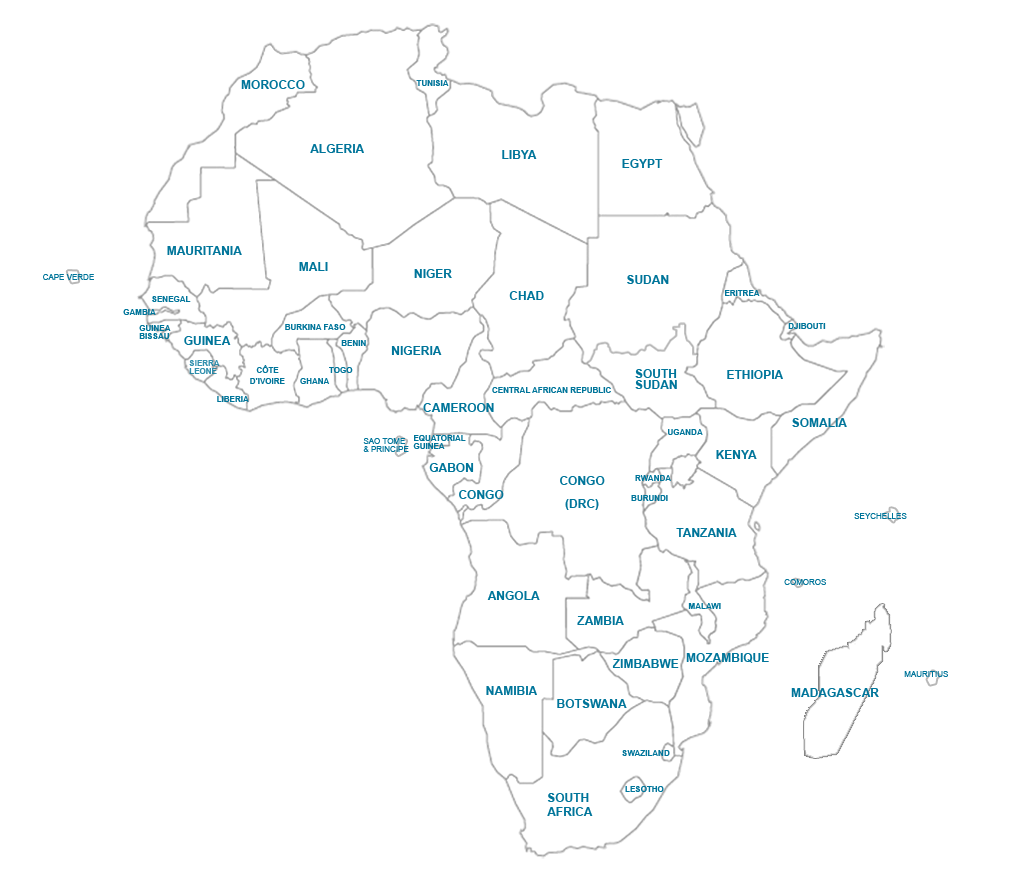This month’s data shockingly shows an increase in the cost of the PACSA food basket. After the long period of drought and high temperatures which contributed to the substantial food price hikes reflected on supermarket shelves from November 2015; it was expected that prices would come down as the agricultural sector shows definite trends towards recovery and as the rains came. According to PACSA, it was expected that the prices may not come down to levels prior to the drought because of the way our food value chain is structured; however PACSA did expect prices to start declining from January 2017. PACSA’s March 2017 food basket shows that this has not happened. This raises concerns because even if prices drop substantially this year – the majority of low-income families will still be in trouble as grants and baseline wages are far too low and in addition to being too low, annual increment increases have also not kept pace with inflation as experienced by low-income families. Low-income families, joined now by many middle-class families, are struggling.
The March 2017 data suggests a possible delay in the expected food price decreases; a hint that price decreases may be far less than expected; and that there is some strangeness around what really is going on with our food prices. This will continue to be questioned due to the dearth of transparency across the highly consolidated and concentrated food value chains in South Africa and globally.
Year-on-year (y/y) the PACSA food basket increased by 10.6% from March 2016 to March 2017. Month-on-month (m/m) the PACSA food basket increased by 0.5% from February to March 2017. The increases on the March 2017 PACSA food basket are driven by white sugar; cooking oil; sugar beans; and cake flour. In addition to increases on these very important staple foods; increases were also registered on frozen chicken pieces, canned fish, beef and all vegetables in the basket.
The majority of workers in South Africa are not paid enough to save for their retirement whilst also struggling to secure the goods and services their families need to live at a basic level of dignity. This means that for most workers, on reaching retirement, the old-age grant is often the only source of dependable income into homes. Statistics South Africa’s latest Social Profile of Older Persons Report for 2015 released on 29 March 2017 shows that in 2015 70% of 4.4 million of people aged 60 years and above received an old-age grant. It also shows that of the total 4.4 million older persons; 2.3 million or 50.7% live in households without an employed adult. This means that for half of our elderly citizens; the old-age grant is a critical income to support families. As reflected in Stats SA’s report, on reaching retirement, the financial obligations of the pensioner do not necessarily decrease.
In April 2017, the old-age grant will be increased by R90 (5.96%) taking the total grant-value to R1 600 per month. R1600 a month is R53.33 per day. Where there is no one employed – for example, the 2.3 million households indicated above – the R53.33 must support families, including children. Households relying primarily or solely on a pension or Child Support Grant (CSG) spend most of this money on food. There are other expenses to pay, important expenses like burial insurance and health care costs; electricity and transport; education costs; and debt repayments (amongst others). The value of the old-age grant in this context is not enough. Government has failed to transform our economy, including legislating decent wages so that low-paid workers are able to save towards their retirement whilst at the same time being able to live at a basic level of dignity.
Stats SA’s report reinforces the importance of social grants to very large numbers of our society. Grants absorb shortfalls in wages and provide the basis to buffer against the depth of our escalating crisis in unemployment, poverty and inequality. We need to reimagine pensions as an investment in the health and wellbeing of millions of our fellow citizens.
For the more detailed and insightful PACSA Monthly Food Price Barometer Report (March 2017), visit www.pacsa.org.za.



